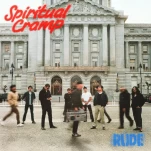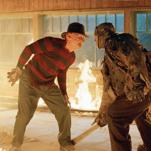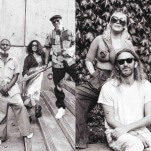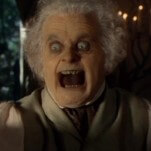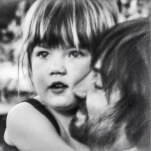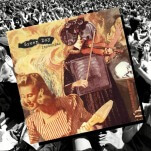And Just Like That Could Have Been Revolutionary. Instead It Chose… This
Photo Courtesy of HBO Max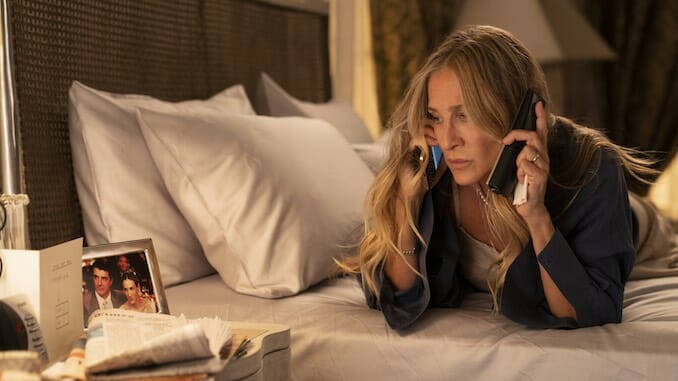
As has been said many times, many ways: When HBO’s Sex and the City first premiered in 1998 it was revolutionary. Career-focused women in their 30s living independent lives on their own terms? And not as would-be spinsters, but as fabulously rich clotheshorses who were redefining a new era of feminism? Though it increasingly became a fantasy of privilege, the early seasons of Sex and the City were beloved for the ways in which they spoke in real and honest terms about dating, relationships, and friendships to eager Gen X and Y women. This had not been seen on TV in such a frank and entertaining way before, and it was fantastic.
But Sex and the City was also very much a product of its era, a time capsule of sorts whose brand was strong enough for fans to weather two ill-advised movies even after its moment had passed. Did it need to return? Not really—it wrapped up just fine as our leading ladies moved out of the world of dating and into committed relationships. After so much drama and personal turmoil, things were more or less settled: Carrie and Big were endgame (like it or not), Miranda married Steve and had a baby, Charlotte married Harry and they adopted their children, and Samantha was… well, Samantha. Forever young, forever fabulous.
Four episodes in now, what has made And Just Like That such a disappointing revival is not just the loss of Samantha, but the show’s tired nostalgia for its own past. Life moves on, the women are (on average) 55 years old now. That means something different than it did in 1998, but this new series was an opportunity for the show to be revolutionary once again. It could have explored what intimacy and marital relationships are like for those 50+, a forgotten TV demographic. By using the framework of these already established characters, And Just Like That might have been revelatory in its exploration of the sex lives of aging adults. Instead, it killed off Big.
-

-

-

-

-

-

-

-

-

-

-

-

-

-

-

-

-

-

-

-

-

-

-

-

-

-

-

-

-

-

-

-

-

-

-

-

-

-

-

-


